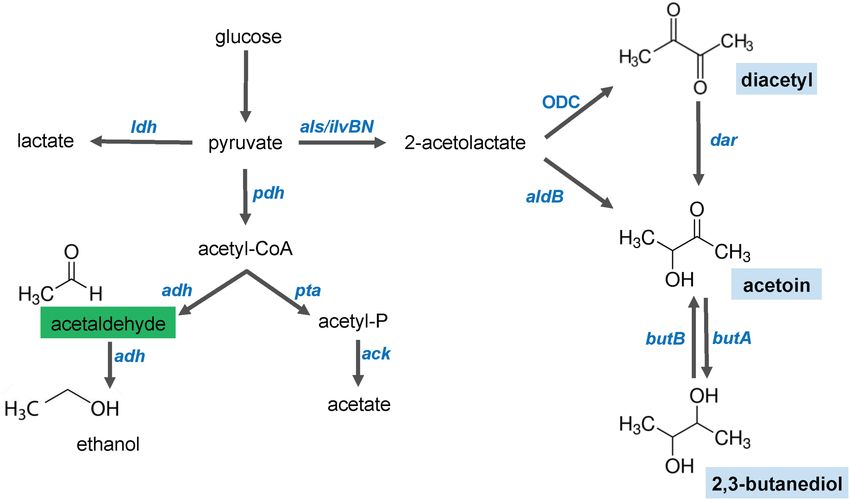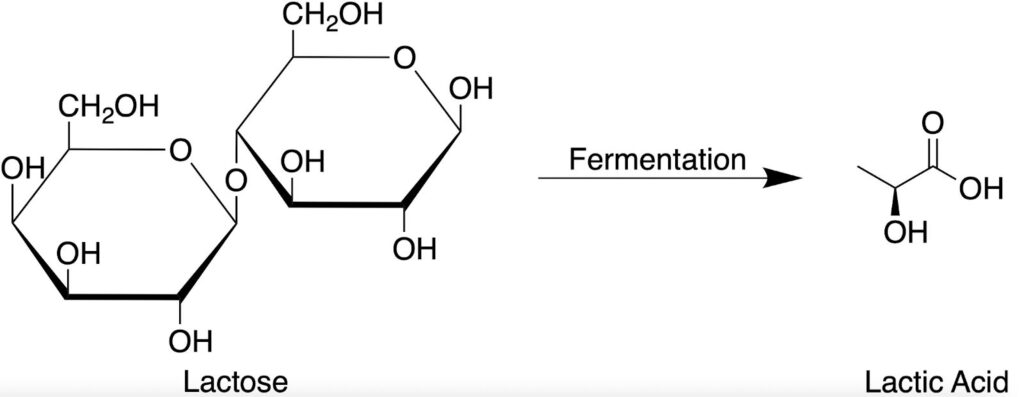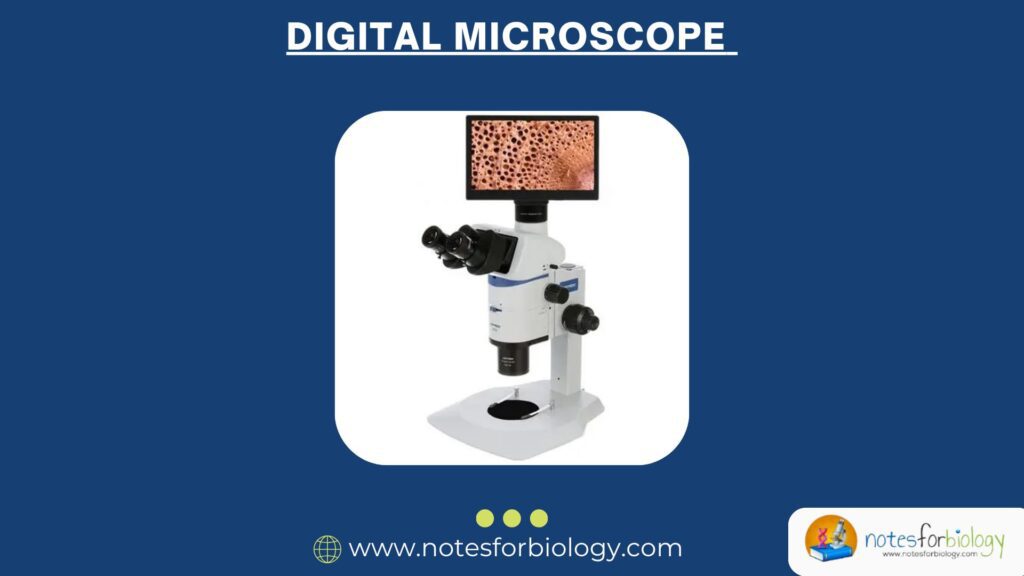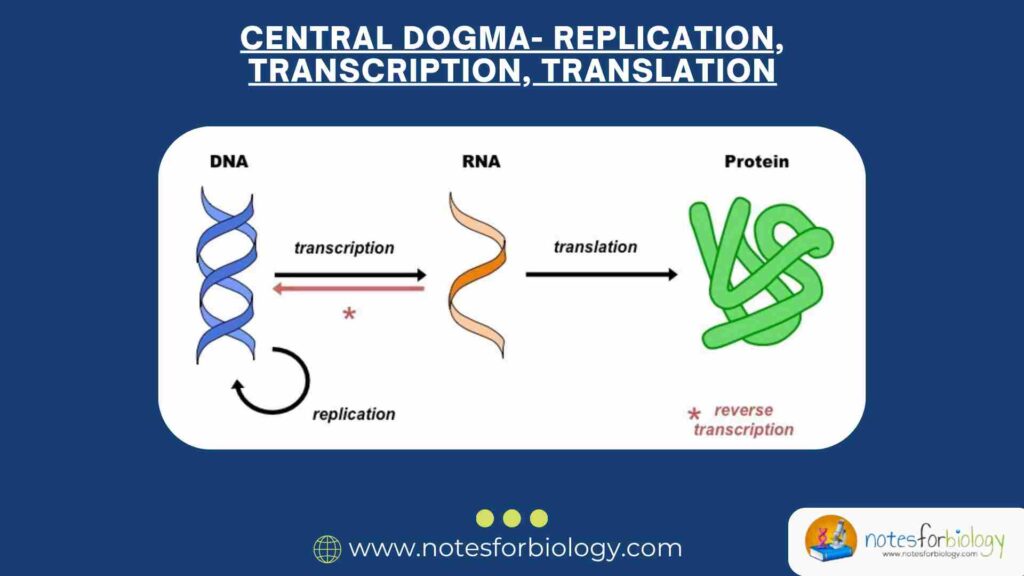Microorganisms have evolved various metabolic strategies to extract energy from the nutrients present in their environment. One of the most fundamental pathways through which many microbes obtain energy is by fermenting carbohydrates. The ability to ferment different types of sugars and the specific by-products produced during this process are valuable characteristics used in the identification and classification of microorganisms, especially bacteria.
The Carbohydrate Fermentation Test, also called the Sugar Fermentation Test, is one of the most frequently employed biochemical tests in microbiology. It helps detect whether a bacterium can ferment a given carbohydrate substrate, and whether it produces acid and/or gas in the process. The distinct fermentation profiles of microorganisms aid not only in their identification but also provide insight into their metabolic capabilities.
Summary of Carbohydrate Fermentation Test
- Carbohydrate Fermentation Test identifies a microorganism’s ability to ferment a specific carbohydrate, producing acid and sometimes gas as by-products.
- The test uses a broth containing a sugar, phenol red as a pH indicator, and a Durham tube. Acid production turns the medium yellow, while gas collects as a bubble in the Durham tube.
- It’s commonly used in microbiology for identifying bacterial species, especially enteric pathogens, and for assessing the microbial quality of food, water, and clinical samples.
Table of Contents
Definition of Carbohydrate Fermentation Test
The Carbohydrate Fermentation Test is a biochemical test designed to detect the ability of microorganisms to ferment a specific carbohydrate under controlled laboratory conditions. In the presence of a suitable sugar source, microorganisms may metabolize it anaerobically or through facultative anaerobic processes to produce acidic or gaseous by-products.
These fermentation end-products are detected using a pH indicator incorporated into the medium and a Durham tube that captures any gas released during the reaction. The resulting changes in pH and gas production offer a reliable method to distinguish between different bacterial species and groups based on their metabolic profiles.
Historical Background
The application of fermentation tests in microbiology dates back to the late 19th and early 20th centuries, as scientists like Louis Pasteur and Robert Koch studied bacterial metabolism and the significance of fermentation in disease and spoilage. The concept of differentiating bacteria based on their biochemical behavior, including sugar fermentation, was further developed in the early clinical microbiology laboratories.
Over time, standardized fermentation media and protocols were established, particularly with the rise of public health microbiology and the need to differentiate pathogens like Salmonella, Shigella, and Escherichia coli. The test remains a staple in diagnostic bacteriology to this day.
Principle of Carbohydrate Fermentation Test
The Carbohydrate Fermentation Test operates on the principle of detecting acid and gas production resulting from the fermentation of specific carbohydrates by bacteria. The acidification of the medium alters the color of a pH indicator, while gas formation is visually evident as a bubble in an inverted Durham tube.
When bacteria ferment a sugar, they convert it to organic acids such as lactic acid, acetic acid, or formic acid, causing the pH to drop. The acidification is reflected as a visible color change in the medium, which helps determine whether fermentation has occurred.
Acid Production through Fermentation
Many microorganisms, particularly facultative anaerobes like members of the Enterobacteriaceae family, ferment carbohydrates to meet their energy needs when oxygen is absent or limited. The primary end-products are various organic acids, which accumulate in the surrounding medium, lowering its pH.
This acidification changes the color of the pH indicator in the broth, typically from red to yellow, signaling a positive fermentation result.
Gas Production during Fermentation
Some bacteria, in addition to acid, produce gases such as carbon dioxide (CO₂), hydrogen (H₂), or methane (CH₄) as by-products of sugar metabolism. The gas accumulates in a small, inverted Durham tube placed inside the fermentation tube. The presence of a visible gas bubble indicates gas formation, adding a valuable dimension to interpreting fermentation test results.
Composition of Carbohydrate Fermentation Media
The success of the fermentation test largely depends on the appropriate formulation of the medium. A typical carbohydrate fermentation broth comprises several essential components, each fulfilling a specific role to facilitate bacterial growth and the detection of fermentation products.
Basal Peptone Water
Peptone water serves as the nutrient base for the fermentation broth. It provides essential amino acids, peptides, vitamins, and minerals necessary for microbial growth without interfering with carbohydrate fermentation. Since it lacks fermentable carbohydrates, it ensures that any observed acid production results solely from the added sugar.
Specific Carbohydrate Source
A single fermentable carbohydrate is added to the medium, typically at a final concentration of 1%. Commonly used carbohydrates include glucose, lactose, sucrose, maltose, mannitol, xylose, arabinose, and galactose. The choice of sugar depends on the metabolic capabilities of the microorganisms being tested and the diagnostic objectives.
Each sugar fermentation test is carried out in a separate tube to individually assess the microorganism’s capacity to ferment that specific carbohydrate.
pH Indicator
A pH-sensitive dye, such as phenol red, is incorporated into the medium to visually detect changes in pH resulting from acid production during fermentation.
- At neutral pH (around 7.0), phenol red appears reddish-orange.
- At acidic pH (< 6.8), it turns yellow, indicating acid formation.
- At alkaline pH (> 7.4), it shifts to pinkish-magenta, often a result of protein metabolism in the absence of carbohydrate fermentation.
Durham Tube
A small, inverted glass tube called a Durham tube is placed within the fermentation tube to capture any gases produced during fermentation. If gas is generated, it accumulates at the top of the Durham tube as a visible bubble, providing evidence of gaseous by-product formation.
Types of Carbohydrates Used in Fermentation Tests
The range of carbohydrates available for testing allows microbiologists to build fermentation profiles for bacterial species. The ability to ferment different sugars serves as a distinguishing feature in microbial identification.
Glucose Fermentation

Glucose is the most universally fermentable sugar among bacteria. Nearly all members of the Enterobacteriaceae family and many other bacteria can ferment glucose through pathways such as glycolysis (Embden-Meyerhof-Parnas pathway) or Entner-Doudoroff pathway.
Lactose Fermentation

The ability to ferment lactose is particularly significant in differentiating coliform bacteria (like E. coli) from pathogenic non-lactose fermenters (like Salmonella and Shigella). Lactose fermenters typically produce acid and gas within 24 hours.
Sucrose Fermentation
Sucrose fermentation helps distinguish among Enterobacter, Klebsiella, and other gram-negative bacilli. Some organisms ferment sucrose rapidly, while others may fail to ferment it altogether.
Other Sugars
Additional sugars such as maltose, mannitol, xylose, arabinose, and galactose are used based on specific diagnostic requirements or research interests. For instance, mannitol fermentation is significant in differentiating Staphylococcus aureus from Staphylococcus epidermidis.
Procedure of Carbohydrate Fermentation Test
A systematic procedure ensures accurate results in the Carbohydrate Fermentation Test. The process involves careful preparation, inoculation, incubation, and result interpretation.
Media Preparation
The fermentation medium is prepared by dissolving the appropriate amounts of peptone, specific carbohydrate, pH indicator, and distilled water. The medium is mixed well to distribute components evenly, and the required volume is dispensed into sterile test tubes. An inverted Durham tube is carefully placed in each test tube.
Sterilization
The prepared media tubes are sterilized by autoclaving at 121°C for 15 minutes to ensure complete sterility and avoid false results due to contamination.
Inoculation of Bacterial Culture
A pure bacterial culture is inoculated into each tube using a sterile inoculating loop or needle. Care must be taken not to introduce air bubbles into the Durham tube during inoculation.
Incubation
The inoculated tubes are incubated at an appropriate temperature, usually 35–37°C for 18–24 hours, depending on the bacterial growth rate. Incubation may be extended up to 48 hours for slow-growing organisms.
Results of Carbohydrate Fermentation Test
After the incubation period, the tubes are carefully observed for any changes in the color of the medium and the presence or absence of gas within the Durham tube. The results of the test are determined based on the following observations:
Acid Production (Color Change)
When a bacterium ferments the carbohydrate present in the medium, it produces organic acids, leading to a drop in pH. The acidification of the medium causes the pH indicator phenol red to change from its original reddish-orange color to yellow. A visible shift to yellow indicates a positive result for acid production. The intensity of the yellow color can vary, depending on the amount of acid produced by the microorganism.
If no fermentation occurs, the medium retains its original reddish-orange color. In some cases, if the bacteria utilize peptone in the medium instead of the sugar, they may produce alkaline by-products, which turn the medium pinkish or magenta after prolonged incubation. This is considered a negative result for sugar fermentation.
Gas Production (Durham Tube Observation)
The detection of gas formation is equally important in interpreting fermentation test results. If gas is produced as a by-product of fermentation, it accumulates in the inverted Durham tube, displacing the medium and forming a visible gas bubble at the top of the Durham tube. The size of the bubble may vary, depending on the amount of gas generated.
If no gas production occurs, the Durham tube remains completely filled with liquid. Some organisms may produce acid without gas, while others produce both acid and gas, and some may not produce either.
Interpretation of Test Results
The results of the test are typically interpreted using standard guidelines:
- Acid and gas production (A/G): Yellow medium with a visible gas bubble in Durham tube.
- Acid production only (A/-): Yellow medium without a gas bubble.
- No acid or gas production (-/-): Reddish-orange medium with no bubble.
- Alkaline reaction (K): Pinkish or magenta medium, usually due to protein degradation in the absence of carbohydrate fermentation.
These results are recorded and compared across different carbohydrates tested, forming a fermentation profile characteristic of the bacterial species under examination.
Applications of Carbohydrate Fermentation Test
The Carbohydrate Fermentation Test serves multiple valuable applications in microbiology, diagnostic medicine, and research. Its ability to distinguish microorganisms based on their biochemical behavior makes it an indispensable tool in several areas.
Microbial Identification
One of the primary uses of the Carbohydrate Fermentation Test is in the identification and differentiation of bacterial species. Many genera of bacteria, especially within the Enterobacteriaceae family, can be distinguished based on their ability to ferment different carbohydrates and the by-products they produce.
For instance, Escherichia coli typically ferments glucose, lactose, and mannitol with acid and gas formation, whereas Salmonella spp. ferment glucose with acid and gas but not lactose. Such distinctive patterns help microbiologists accurately classify organisms.
Detection of Enteric Pathogens
The test plays a crucial role in public health microbiology, particularly in the identification of enteric pathogens responsible for gastrointestinal diseases. The ability to rapidly screen for lactose fermenters and non-fermenters helps narrow down potential pathogens in clinical stool samples.
For example, non-lactose fermenters like Salmonella and Shigella are easily distinguished from harmless coliforms such as E. coli based on their lactose fermentation profiles.
Food and Water Quality Testing
Carbohydrate fermentation tests are routinely employed in food and water microbiology to detect and differentiate coliforms and other indicator organisms. The presence or absence of fermentation can help assess the microbial safety of drinking water and food products, indicating possible fecal contamination.
Research in Microbial Physiology
In academic and industrial research, the test is valuable for studying microbial metabolism and enzyme activity. By assessing the fermentation ability of different sugars, researchers can better understand the metabolic pathways, energy utilization, and adaptation strategies of microorganisms under various conditions.
Advantages of Carbohydrate Fermentation Test
The Carbohydrate Fermentation Test offers several notable advantages, making it a favored method in microbiology laboratories.
Simplicity and Cost-Effectiveness
The test is simple to perform, requiring basic equipment and inexpensive reagents. Its low operational cost makes it accessible in resource-limited laboratory settings while still providing reliable results.
Rapid and Visual Interpretation
Results of the fermentation test can be obtained within 18 to 24 hours for most bacteria, and the color change of the pH indicator provides a clear and immediate visual interpretation of the outcome.
Applicable to a Wide Range of Organisms
The test can be applied to various groups of bacteria, including aerobic, anaerobic, facultative anaerobic, and fastidious organisms by adjusting incubation conditions and media formulation.
Useful for Routine Diagnostic and Research Applications
Its versatility makes it suitable for routine diagnostic purposes in clinical, environmental, and food microbiology, as well as for in-depth research into microbial metabolism and taxonomy.
Limitations of Carbohydrate Fermentation Test
Despite its usefulness, the Carbohydrate Fermentation Test has certain limitations that should be acknowledged to avoid misinterpretation of results.
False Positive or Negative Results
Prolonged incubation beyond 24–48 hours can lead to misleading results due to the alkalinization of the medium following peptone degradation. This may mask acid production or cause a revertant color change, complicating result interpretation.
Limited to Detectable By-products
The test primarily detects acid and gas production. Some microorganisms may produce other fermentation by-products, such as alcohols or ketones, that do not alter the pH indicator or produce gas, leading to false-negative outcomes.
Not Suitable for All Bacteria
Certain fastidious bacteria or obligate anaerobes may require specific growth conditions or enriched media not provided by standard fermentation broths, limiting the test’s applicability for those organisms.
Single Sugar Testing per Tube
Only one sugar can be tested per tube, making the procedure labor-intensive when testing multiple carbohydrates for the same isolate. This increases the number of tubes and incubation space required.
Conclusion
The Carbohydrate Fermentation Test remains an essential and foundational technique in microbiology laboratories for the identification, differentiation, and metabolic study of bacteria. Its ability to distinguish between microorganisms based on their specific fermentation patterns of different carbohydrates makes it invaluable in clinical diagnostics, food safety monitoring, environmental testing, and academic research.
The test is characterized by its simplicity, cost-effectiveness, and rapidity, providing visible results through pH-based color changes and gas detection. Although it has certain limitations, careful execution of the test procedure, appropriate incubation times, and correct interpretation of results can yield highly reliable and informative outcomes.
When integrated with other biochemical, cultural, and morphological tests, carbohydrate fermentation profiles significantly contribute to the accurate classification and understanding of bacterial physiology and taxonomy.
Frequently Asked Questions (FAQ)
What is the carbohydrate fermentation test?
It is a biochemical test used to determine whether a microorganism can ferment a specific carbohydrate, resulting in the production of acid and sometimes gas as metabolic by-products.
What indicator is used in the carbohydrate fermentation test?
The test uses phenol red as a pH indicator, which turns yellow in acidic conditions when fermentation occurs.
Which tube shows a positive carbohydrate fermentation test?
A positive test is indicated by a yellow-colored broth, showing acid production, and if gas is produced, a visible gas bubble forms in the inverted Durham tube inside the broth.




